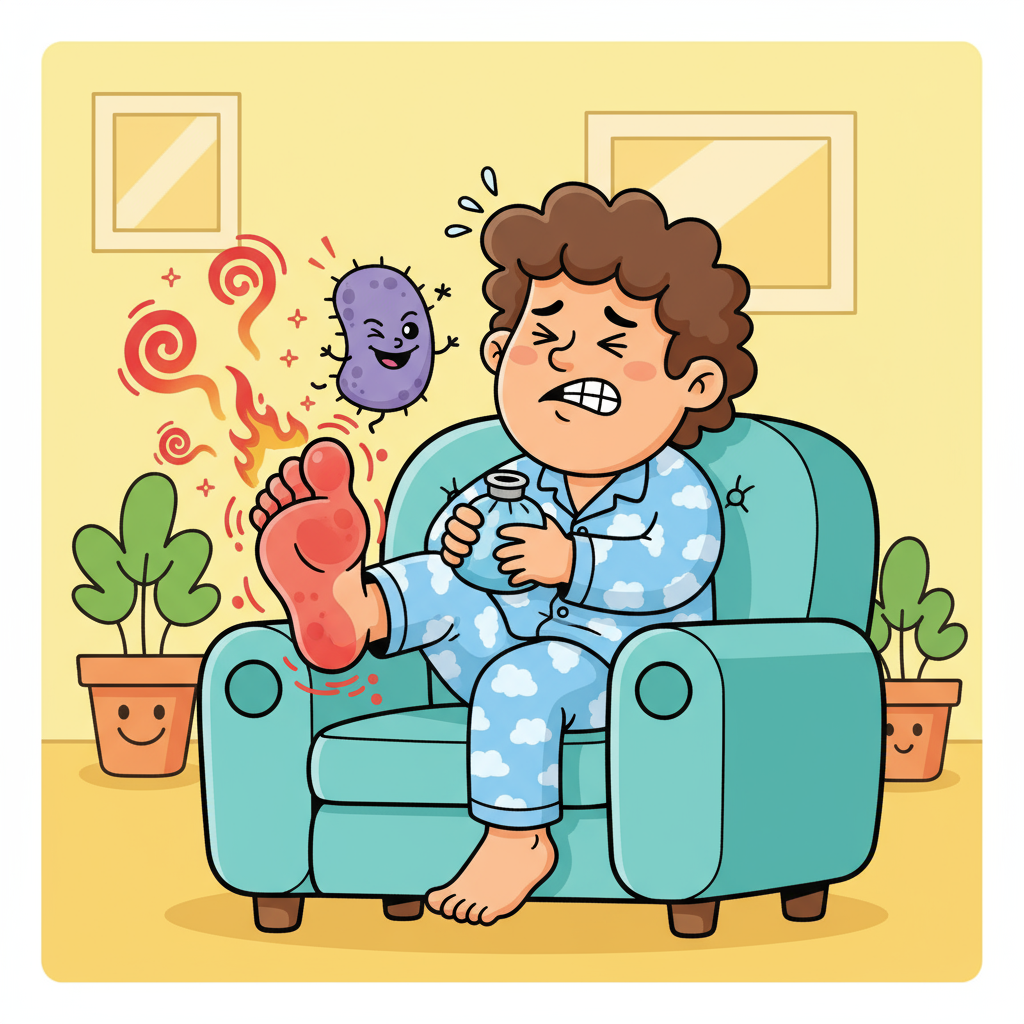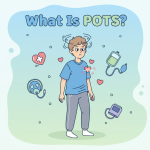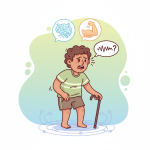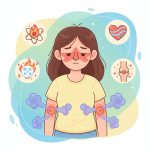Have sudden, intense joint pain ever stopped you in your tracks? You might be experiencing gout, a common form of inflammatory arthritis affecting millions worldwide. Gout causes sharp, severe joint pain, swelling, and redness, often striking unexpectedly, especially at the base of the big toe. Around 1-2% of adults in developed countries experience gout during their lifetime. This blog explains gout’s causes, nutrition strategies, fitness tips, preventive care, and mental wellness approaches, supporting a healthier, pain-free life.
Definition and Symptoms
Gout is a common inflammatory arthritis caused by the buildup of uric acid crystals in joints, leading to sudden, severe pain, redness, swelling, and tenderness. Flares often begin in the big toe but can affect other joints like knees and ankles. Attacks can last days to weeks, impacting mobility and quality of life.
Causes and Risk Factors
Gout results from elevated uric acid levels (hyperuricemia) due to overproduction or underexcretion. Genetics, diet, obesity, metabolic syndrome, and lifestyle choices contribute. High-purine foods, sugary drinks, and alcohol increase risk. Men and older adults are more commonly affected.
Who Is Most Affected?
Gout affects about 1-2% of adults in developed countries, with rising prevalence linked to obesity and dietary changes. Men are more prone, but incidence in women rises post-menopause.
Nutrition and Diet for Gout
Foods to Avoid and Include
Avoid high-purine foods such as red meat, organ meats, shellfish, and alcohol (especially beer). Emphasize low-purine foods like fruits, vegetables, low-fat dairy, whole grains, nuts, and legumes. Cherries and berries may help reduce flare-ups due to anti-inflammatory properties.
Role of Hydration and Vitamin C
Drinking 2 to 4 liters of water daily supports kidney function in flushing uric acid. Vitamin C intake may lower uric acid levels but should be balanced with caution for fructose in some juices.
Managing Weight and Metabolism
Maintaining a healthy weight through diet and exercise reduces gout risk. Sudden weight loss can trigger attacks, so gradual weight management is recommended.
Fitness and Exercise for Gout
Benefits of Low-Impact Exercise
Moderate, low-impact activities like walking, swimming, and cycling help control weight and uric acid levels, reducing flare frequency and intensity.
Exercise Types to Embrace and Avoid
Avoid high-intensity workouts especially during or after a flare. Gentle exercises like yoga, pilates, tai chi, and water aerobics improve joint flexibility and reduce pain.
Staying Active During Flare-Ups
During flare-ups, rest affected joints while maintaining gentle movement to reduce stiffness. Physical therapy may assist in managing symptoms.
Preventive Care and Lifestyle Changes
Avoiding Triggers and Alcohol
Limit alcohol consumption, especially beer and spirits, as these inhibit uric acid excretion and increase flare risk. Avoid sugary beverages as well. Identify personal triggers to reduce attacks.
Weight Management and Regular Screenings
Healthy weight management and regular uric acid monitoring through healthcare visits support gout control. Managing comorbid conditions like hypertension and diabetes is crucial.
Monitoring and Medication
Medications like NSAIDs, colchicine, and uric acid-lowering agents can manage symptoms and prevent attacks. Always follow medical advice for medication use.
Mental Wellness and Emotional Support
The Impact of Gout on Mental Health
Gout often leads to anxiety, depression, and social isolation due to chronic pain and lifestyle limitations. About 58% of gout patients report anxiety or depression symptoms.
Coping Strategies and Professional Help
Stress management through deep breathing, mindfulness, yoga, and counseling supports mental health. Support groups help patients share experiences and reduce stigma.
Building a Supportive Community
Engagement with family, friends, healthcare providers, and patient communities enhances emotional well-being and adherence to treatment plans.
Practical Daily Tips for Living with Gout
-
Drink plenty of water daily (2-4 liters).
-
Limit purine-rich foods and alcohol intake.
-
Choose low-impact exercises like walking and swimming.
-
Eat cherries and low-fat dairy for their uric acid-lowering effects.
-
Manage stress with mindfulness and social support.
Frequently Asked Questions
-
What causes gout?
Overproduction or underexcretion of uric acid leads to crystal deposits in joints. -
Can gout be cured?
While not curable, gout is manageable with lifestyle changes and medication. -
What foods trigger gout?
Red meat, shellfish, beer, sugary drinks, and high-purine foods increase risk. -
Is exercise safe with gout?
Yes, low-impact regular exercise helps, but avoid high intensity during flares. -
How to prevent gout attacks?
Stay hydrated, manage weight, avoid triggers, and take prescribed medications.
Conclusion
Gout is a painful but controllable form of arthritis that requires a holistic approach combining diet, exercise, preventive care, and mental wellness. Identifying triggers, maintaining a healthy lifestyle, and seeking timely medical advice empower individuals to live well with gout. If experiencing joint pain or swelling, consult a healthcare professional to get the right diagnosis and management plan.
Explore our related articles on arthritis care, nutrition for inflammation, and stress reduction techniques to further support your health journey.









